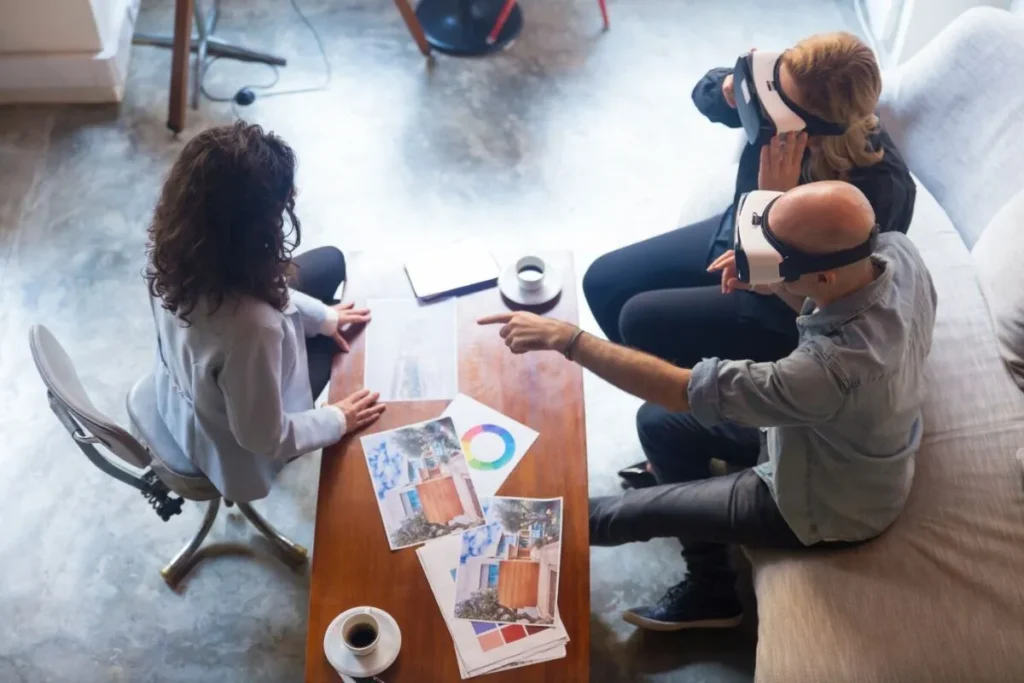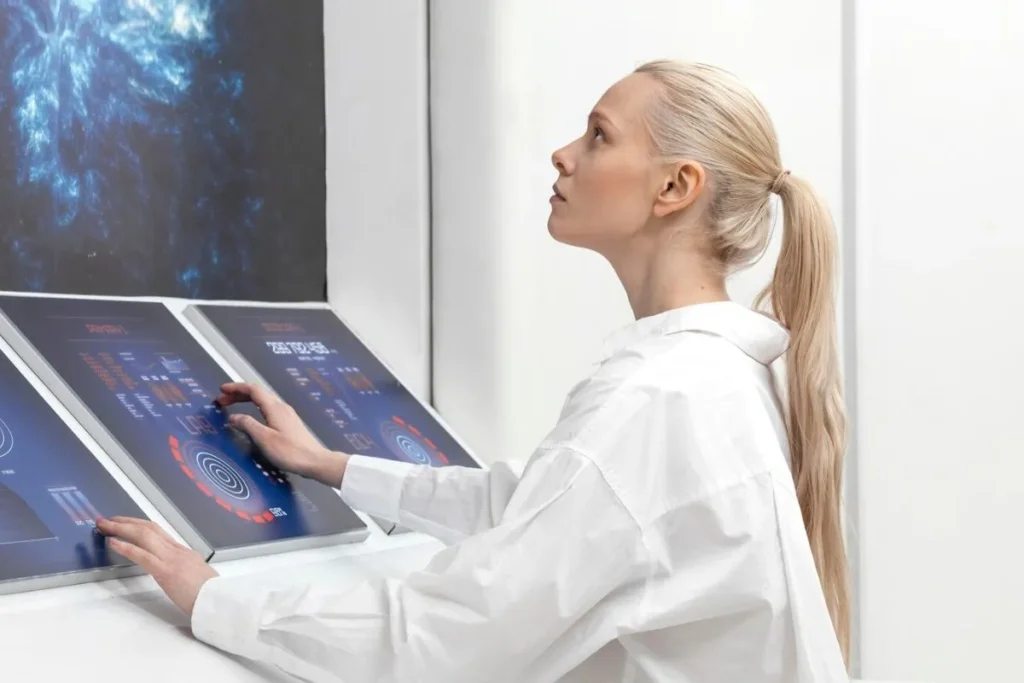Neural Inputs in Digital Sculpting have revolutionized the way artists and designers create. This integration unlocks new pathways for art and design.
In this article, we will delve into the neural inputs that are transforming digital sculpting. We’ll explore the techniques and benefits.
Understanding the fusion of neural inputs and digital sculpting opens doors for creativity. It’s essential for anyone in the field.
The Role of Neural Inputs in Digital Sculpting
The inclusion of neural inputs in digital sculpting is a game-changer. It allows artists to manipulate models in ways previously only imagined.
Neural networks can interpret and predict input patterns, providing an intuitive interface for digital sculpting. This leads to more natural artistic processes.
With neural inputs, artists can quickly iterate designs. This technology provides real-time adjustments and refinements to digital sculptures.
How Neural Inputs Work
Neural inputs rely on neural networks that simulate brain operations. These networks can process and respond to user commands in real time.
In digital sculpting, inputs from various resources are fed into the network. The system then learns and adapts through machine learning algorithms.
This adaptive capability allows for a seamless integration of creative intentions and technical execution, enhancing the modeling experience.
Practical Applications
Artists can use neural inputs for more complex modeling. Whether creating a lifelike character or an abstract form, the possibilities expand.
Designers benefit from the precision and adaptability of neural networks. Quick iterations and feedback loops become standard practice.
Educational institutions can incorporate neural inputs into curricula. Students gain hands-on experience with cutting-edge technology.
Techniques for Employing Neural Inputs
Gesture-Based Modeling
One technique involves using gesture-based controls. By interpreting hand movements, the system allows for more intuitive modeling processes.
These neural inputs can be integrated with devices like VR gloves. This provides a tactile, immersive experience for the artist.
Gesture-based modeling can significantly speed up the design process. Artists can manipulate digital sculptures with natural, fluid motions.
Voice Commands
Voice commands provide another layer of interaction. By speaking, artists can make adjustments without breaking flow.
This method uses neural networks to understand and execute commands. Language processing is key to making voice commands efficient.
Combining voice with other neural inputs creates a multi-faceted interface. It offers flexibility in controlling the digital sculpting process.
Haptic Feedback
Haptic feedback enhances the sensory experience. It provides physical sensations aligned with digital actions.
Through neural inputs, haptic devices can simulate textures. This makes digital sculpting more immersive and realistic.
Haptic feedback bridges the gap between physical and digital. Artists can feel their sculptures as if working with clay or stone.
Benefits of Neural Inputs in Digital Sculpting
Enhanced Creativity
Neural inputs enable artists to unleash their creativity. The intuitive interface minimizes technical barriers.
With faster iteration cycles, creativity can flourish. Errors are quickly corrected, and new ideas tested immediately.
Customizable tools adapt to the artist’s style. Personalized digital studios become possible, shaping unique artistic expressions.
Increased Efficiency
Efficiency is another significant advantage. Neural inputs reduce the time needed for creating complex models.
The learning algorithms continually improve performance. This ensures smoother workflow and higher productivity.
Resource optimization is achieved through intelligent systems. Less manual tweaking is required, focusing on the artistic vision.
Accessible Art Creation
Neural inputs make digital sculpting more accessible. Artists with varying skill levels can benefit from the technology.
Inclusive design allows for broader participation. Workshops and training programs become more effective and engaging.
By lowering entry barriers, talent from diverse backgrounds can emerge. A richer tapestry of artwork results from this democratization.
Future Implications
The long-term implications of neural inputs are vast. They herald a new era of digital art and design innovation.
Research continues to expand possibilities. Emerging technologies will further refine and enhance digital sculpting tools.
Interdisciplinary collaboration is key to future developments. Combining expertise from various fields drives progress.
Barriers and Considerations
Despite the benefits, there are challenges to overcome. High initial costs and complexity are notable barriers.
Training and skill development are necessary. Artists need to become proficient with these new tools.
Ethical considerations around AI must be addressed. Transparency and fairness in algorithms are crucial for responsible use.
Integration with Traditional Techniques
Integrating neural inputs with traditional methods can enhance creativity. Combining classic techniques with AI opens new possibilities.
Digital sculptures can serve as prototypes for physical works. This hybrid approach enriches both digital and traditional arts.
Collaboration between digital and traditional artists can lead to innovative projects. It broadens perspectives and fosters mutual growth.
Exploring Resources for Digital Sculpting
A plethora of resources are available for artists interested in neural inputs. These range from software tools to educational content.
Software such as ZBrush and Blender support neural input integration. These platforms offer robust environments for digital sculpting.
Online courses and tutorials provide essential skills. They cover the basics and advanced techniques of using neural networks in art.
Community and Collaboration
Active communities of digital artists exist online. Forums and social media groups are excellent places to share knowledge.
Collaborative projects help artists learn together. They encourage the exchange of ideas and techniques involving neural inputs.
Industry events and conferences are valuable networking opportunities. They offer insights into the latest trends and innovations.
Looking Ahead
Integration of neural inputs in digital sculpting is a transformative trend. It offers immense potential for art and design innovation.
Embracing this technology can lead to unprecedented creative exploration. Artists and designers should watch this space closely for future developments.
Stay ahead by learning and adopting these advances. The future of sculpting lies at the intersection of art and technology.
Frequently Asked Questions
What are neural inputs in digital sculpting?
Neural inputs in digital sculpting refer to the use of neural networks to interpret and process user commands. This allows for more intuitive and dynamic sculpting processes.
How do gesture-based controls work in digital sculpting?
Gesture-based controls use motion-sensing technology to interpret hand movements. This enables artists to manipulate digital models with natural gestures.
What are the benefits of using haptic feedback?
Haptic feedback provides physical sensations that mimic real-world textures. This creates an immersive experience, making digital sculpting feel more tangible and realistic.
How can voice commands enhance digital sculpting?
Voice commands allow artists to make adjustments without disrupting their workflow. This hands-free control can enhance efficiency and user experience.
What software supports neural inputs in digital sculpting?
Software like ZBrush and Blender integrate neural input capabilities. They offer powerful platforms for creating detailed and complex digital sculptures.




